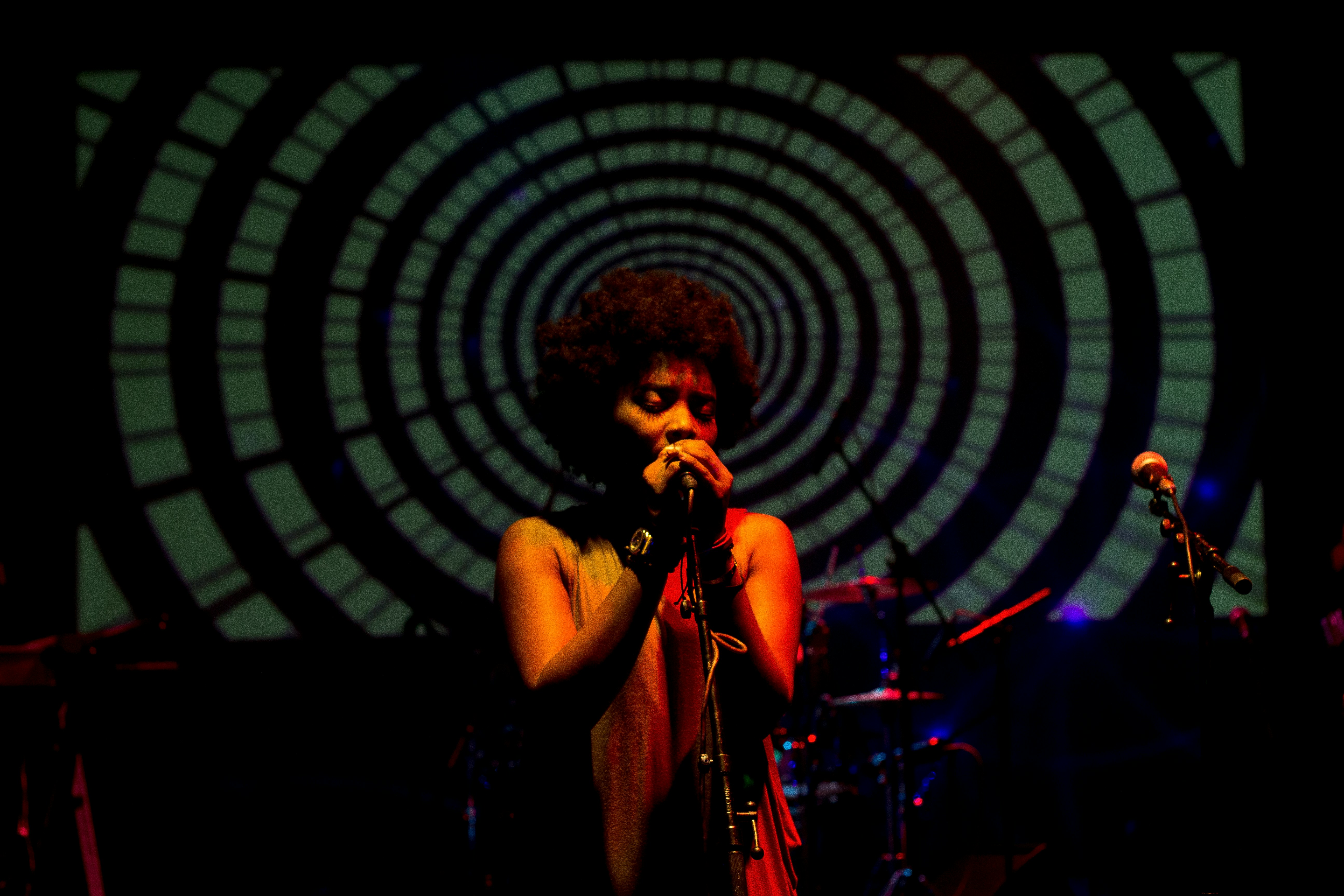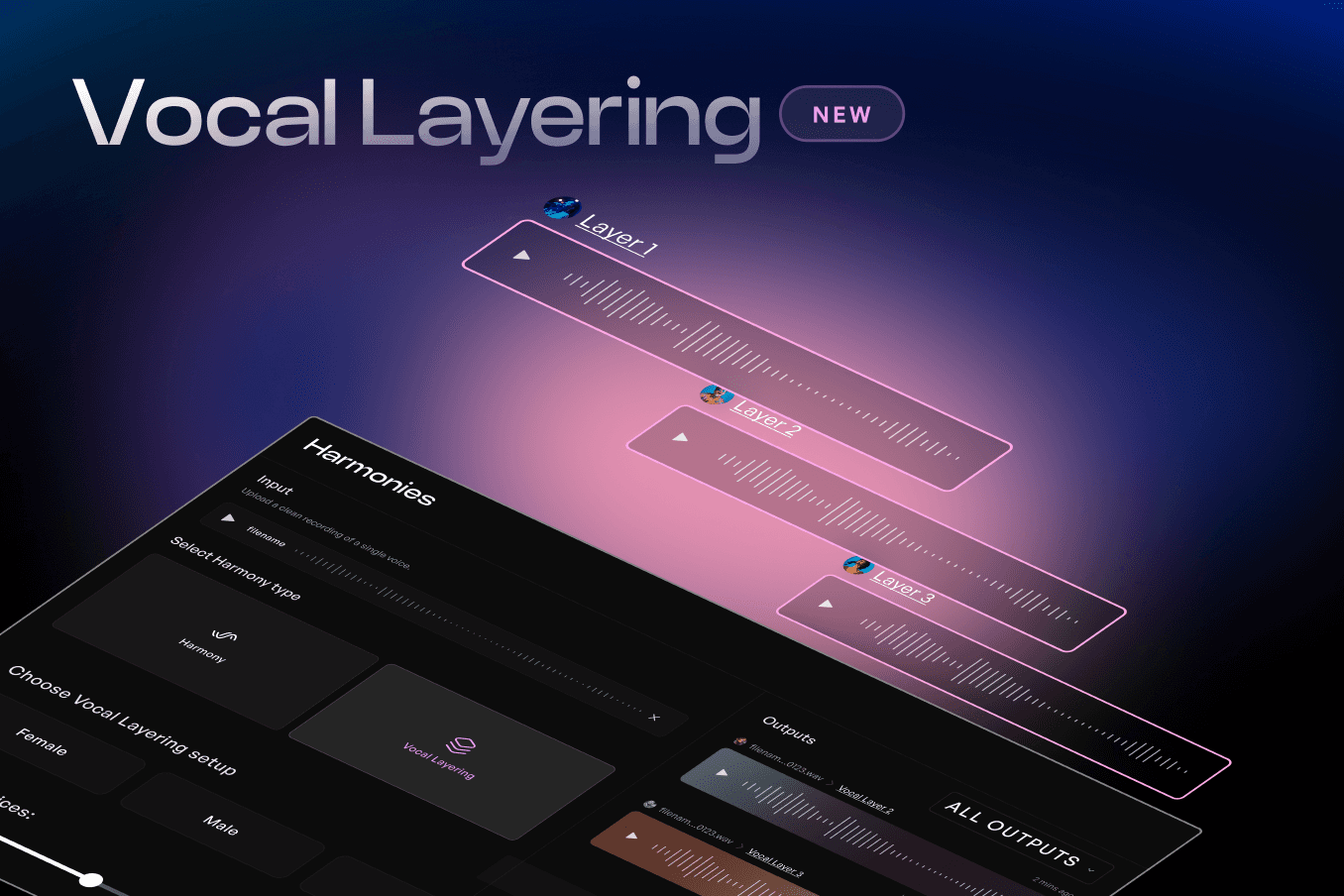창작부터 홍보까지: 독립 예술가들이 브랜드를 구축하기 위한 가이드
작성자
게시됨
2025년 2월 3일
샌프란시스코, 2010. 두 이웃, 스테판 버넷—더 잘 알려진 MC 라이드(또는 단순히 “라이드”)—과 다악기 연주자 잭 힐은 각기 다른 음악적, 예술적 배경 속에서 예술과 블랙 메탈 음악에 대한 공통된 사랑을 통해 예상 밖의 유대감을 형성한다. 함께, 그들은 21세기에서 가장 양극화되고 아방가르드하며 혼돈으로 가득한 음악 프로젝트 중 하나인 데스 그립스를 창조하게 된다. 프로듀서이자 키보디스트인 앤디 모린이 합류하면서, 이들은 전통적인 음악 씬과는 확연히 다르게 자신들을 자리매김하게 된다.
2011년, 데스 그립스는 수퍼볼 일요일에 자가명명한 데뷔 EP를 발매했으며, 만월 아래에서 “만월”이라는 타이틀 곡이 포함되어 있었다—그들의 비정통적인 접근 방식을 상징하는 의도적이고 전복적인 발매였다. 그 직후, 그들은 믹스테입 엑스밀리터리도 무료로 그들의 웹사이트를 통해 발매하여 앞으로의 발자취를 남겼다. 그들의 공격적인 사운드와 비전통적인 발매 방식에 대한 주목은 주요 레이블들의 관심을 끌었고, 그들은 Epic Records와 계약하게 되었다.
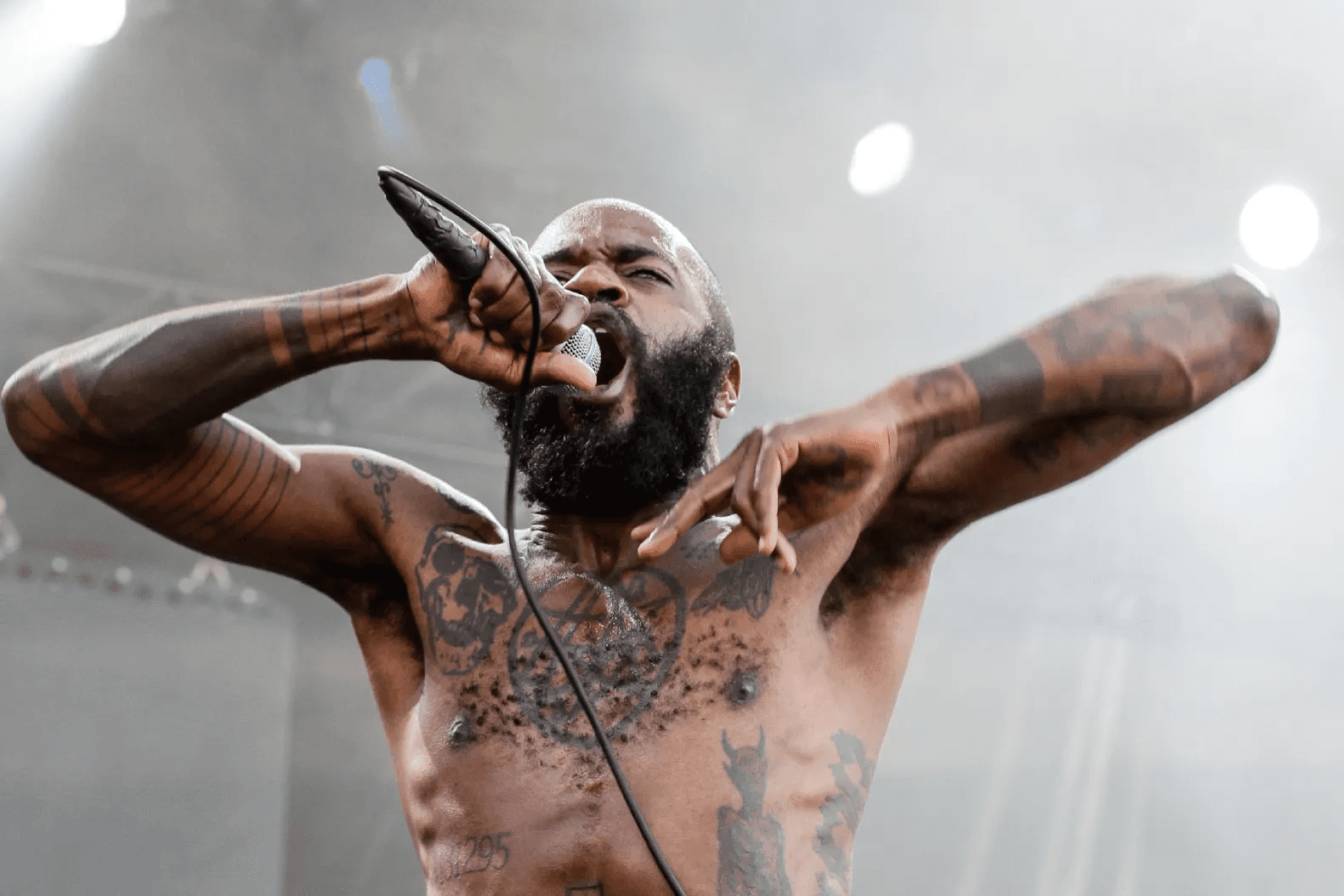
하지만, 데스 그립스는 곧 업계의 전형에서 멀리 떨어져 있었다는 것을 증명했다. 2012년, 그들은 데뷔 LP 더 머니 스토어를 발매하며, 프로젝트를 그들 스스로 웹사이트에 유출시켜 공식적인 발매를 우회하여 Epic과의 계약을 위반하고 결국 레이블에서 해제되었다. 그들은 4chan과 같은 니치 웹사이트와 유튜브와 같은 보다 대중적인 비디오 플랫폼에서의 활발한 존재 외에는 거의 모든 공식 프로모션이 없었음에도 불구하고, 막대한 관심을 끌어냈고, 많은 사람들이 이 LP를 그 해 최고의 앨범으로 평가했다.
나머지는 역사다. 입소문, 진정성, 그리고 강력한 온라인 존재를 통해, 데스 그립스는 디지털 시대의 가장 영향력 있는, 파괴적인 행위 중 하나로서의 명성을 쌓게 된다.
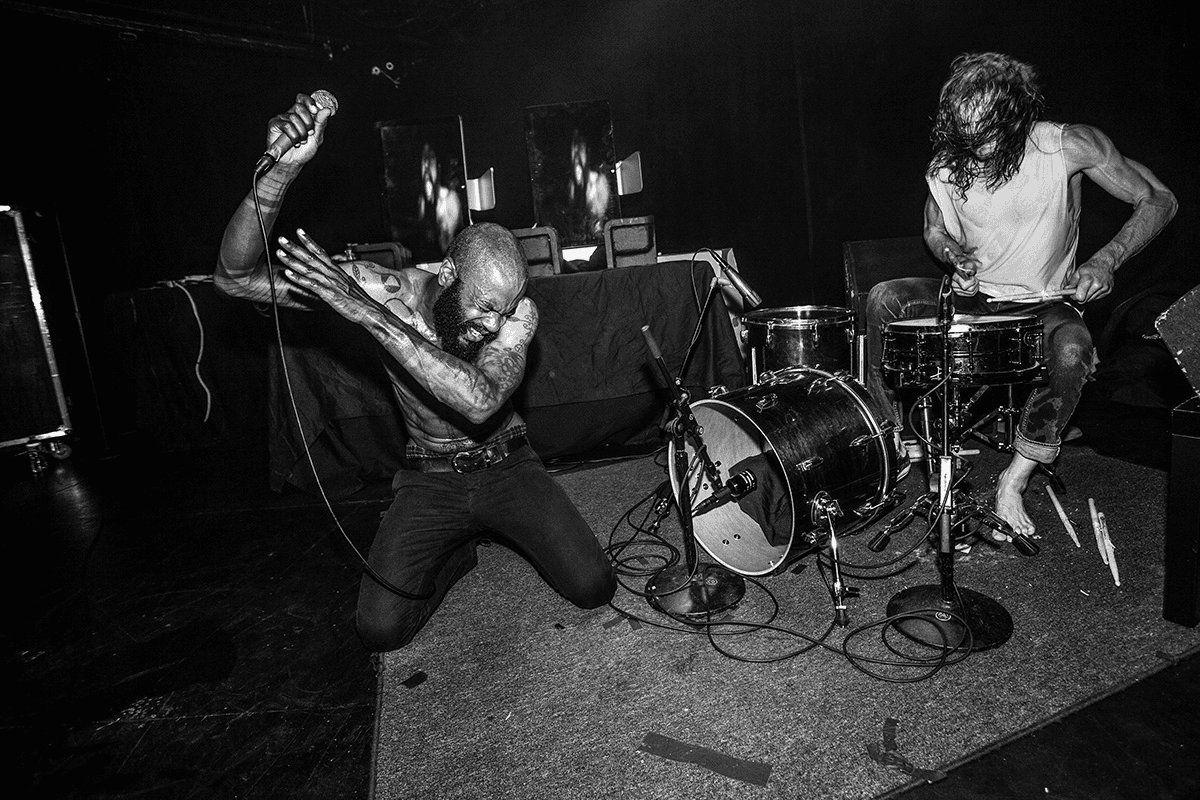
DIY가 그들을 위한 유일한 대답이었다. 데스 그립스는 단순히 그들이 스스로 하겠다고 결정하면서, 독립 아티스트로서의 의미를 구현하게 되었다. 그들의 자작, 게릴라 스타일의 마케팅과 신비로운 캐릭터는 그들의 팬층이 찾던 것이었다. 그들은 강력한 온라인 존재에 의존했고, 팬들이 더 많은 것을 갈망하도록 끌어들이는 매력적인 시각 미디어를 배포하며, 주류 프로모션의 관습을 거부했다. 그들의 카탈로그는 여전히 그들의 웹사이트에서 무료로 청취하고 다운로드 가능하다.
이는 아티스트가 스스로 이룰 수 있는 것이지만, 간단한 일은 아니다. 아티스트로서의 출력 품질은 일관성을 유지해야 하지만, 음악뿐만 아니라 아티스트로서 자신을 홍보하는 방법이 중요하다. 이 가이드는 음악 프로모션 및 음악 마케팅에 도움이 필요할 수 있는 사람들을 위한 방향성을 제공한다.
음악 프로모션: 성공의 비결
음악 프로모션은 아티스트 경험의 필수적인 부분이다. 우리는 의심스러운 사람이 자신의 열린 트렁크 앞에서 $5에 소각된 CD를 판매하는 이미지에서 멀리 왔다. 지역 레코드 가게 주차장에서의 또는 길가에서 지나가는 사람에게 믹스테입을 팔려고 하는 사람들 무리를 아직도 만날 수 있지만, 이는 젊은 세대에게 더 이상 흔한 일이 아니다.
아티스트로서 자신의 음악을 효과적으로 홍보하기 위해서는 대상 청중을 파악하는 것이 중요하다. 자신이 만드는 음악의 유형과 그것에 관심을 가질 사람들에 대해 생각해보라. 연령대, 이 음악 스타일를 소비하는 사람들의 유형, 그리고 역사적으로 자신 음악의 위치에 대한 일반적인 특성을 파악하는 것이 도움이 된다. 다른 아티스트와 자신의 비교는 창조 과정에서 약간 신성모독처럼 느껴질 수 있지만, 대중은 그럴 것이라는 점을 잊지 말라. 같은 장르 내의 유사 아티스트의 전형적인 청중을 파악하는 것은 방향성을 찾는 데 도움이 될 수 있다.

온라인 존재감 구축하기
당신의 온라인 존재감은 종종 사람들의 첫 인상이다. 우리는 이제 거의 전적으로 디지털 세계에 살고 있다. 많은 아티스트들이 음악 프로모션을 위해 인스타그램, 틱톡, 유튜브, 레딧, X와 같은 소셜 미디어 플랫폼을 활용하고 있다. 온라인 커뮤니티에 참여하고 다른 아티스트를 지원하고 소통하는 것은 당신이 인정을 받을 수 있도록 도와준다.
비주얼 콘텐츠는 온라인 존재에서 매우 중요한 역할을 한다. 특히 소셜 미디어에서의 짧은 형식의 비디오 콘텐츠에 대한 의존으로 인해, 매력적인 비주얼 미디어를 생성할 방법을 찾아야 한다. 웹사이트도 중요하지만, 누군가 저에게 알려지지 않은 아티스트를 언급할 때마다 저는 즉시 그들의 소셜 미디어를 참조한다—많은 사람들이 그렇게 할 것이라 확신한다.

기록 레이블은 새로운 아티스트와 거래를 고려하기 전에도 일정 수준의 소셜 미디어 존재에 의존하고 있다. 온라인 바이럴은 주요 초점이다. 불행한 현실은, 이는 때때로 아티스트의 진정성을 희생시키는 경우가 있다는 것이다. 당신에게 적합한 방식으로 자신을 제시하고 당신의 브랜드에 긍정적으로 반영되는 것에 집중하라.
라이브 공연의 중요성 & 커뮤니티 참여
삶은 온라인에만 존재하지 않는다. 소셜 미디어 프로모션이 필수적일 수 있지만, 인간 대 인간의 접촉 또한 똑같이 중요하다. 당신의 실제 존재감의 요소들은 당신이 아티스트로서 어떤 사람인지에 중요한 것이며, 이러한 상황에서 당신의 행동은 당신이 어떻게 인식될 것인지에 대해 많은 것을 말해준다. 지역 음악 씬에서 활발히 활동하는 것은 많은 기회의 문을 열 수 있다. 공연에 참석하고 다른 지역 아티스트들과 여행하는 독립 아티스트를 지원하는 것은 자신의 음악을 홍보하는 훌륭한 방법이다. 이는 서로에 대한 주고받는 관계이다. 만약 당신이 지속적으로 다른 사람들과 함께 한다면, 그들도 당신을 위해 그렇게 할 가능성이 높다.
결국, 당신은 이러한 지역 및 DIY 커뮤니티에서 인지할 수 있는 이름을 만들어 더 많은 공연을 하고 팬층을 구축하게 된다. 그에 따라, 당신의 소셜 미디어 프로모션 또한 더 효과적이 될 것이다.
지역 음악 씬에서 활동하는 것은 매우 소중하다. 다른 아티스트와 대화하고, 친구를 만들고, 아이디어를 나누고, 체크인하는 것이 필요하다. 음악 산업은 모두 연결에 관한 것이며, 이러한 연결이 커질수록 당신 또한 성장할 가능성이 있다. 이는 라이브 쇼 예약, 다른 아티스트와의 협업, 그리고 그 과정에서 몇 가지를 배우는 것을 더 쉽게 해준다.
음악 배급하기
당신의 음악을 적절히 배급하는 것은 스트리밍 서비스에서 음악 발견 가능성에 중요한 역할을 한다. 사람들이 요즘 음악을 소비하는 주요 방법은 Spotify, Apple Music, 유튜브와 같은 여러 플랫폼이다. 이들은 음악 프로모션에 필수적이며 당신의 음악을 청취자에게 제공할 수 있게 해준다. DistroKid, TuneCore, CD Baby와 같은 서비스는 독립 아티스트가 전 세계적으로 음악을 배급할 수 있도록 지원한다.
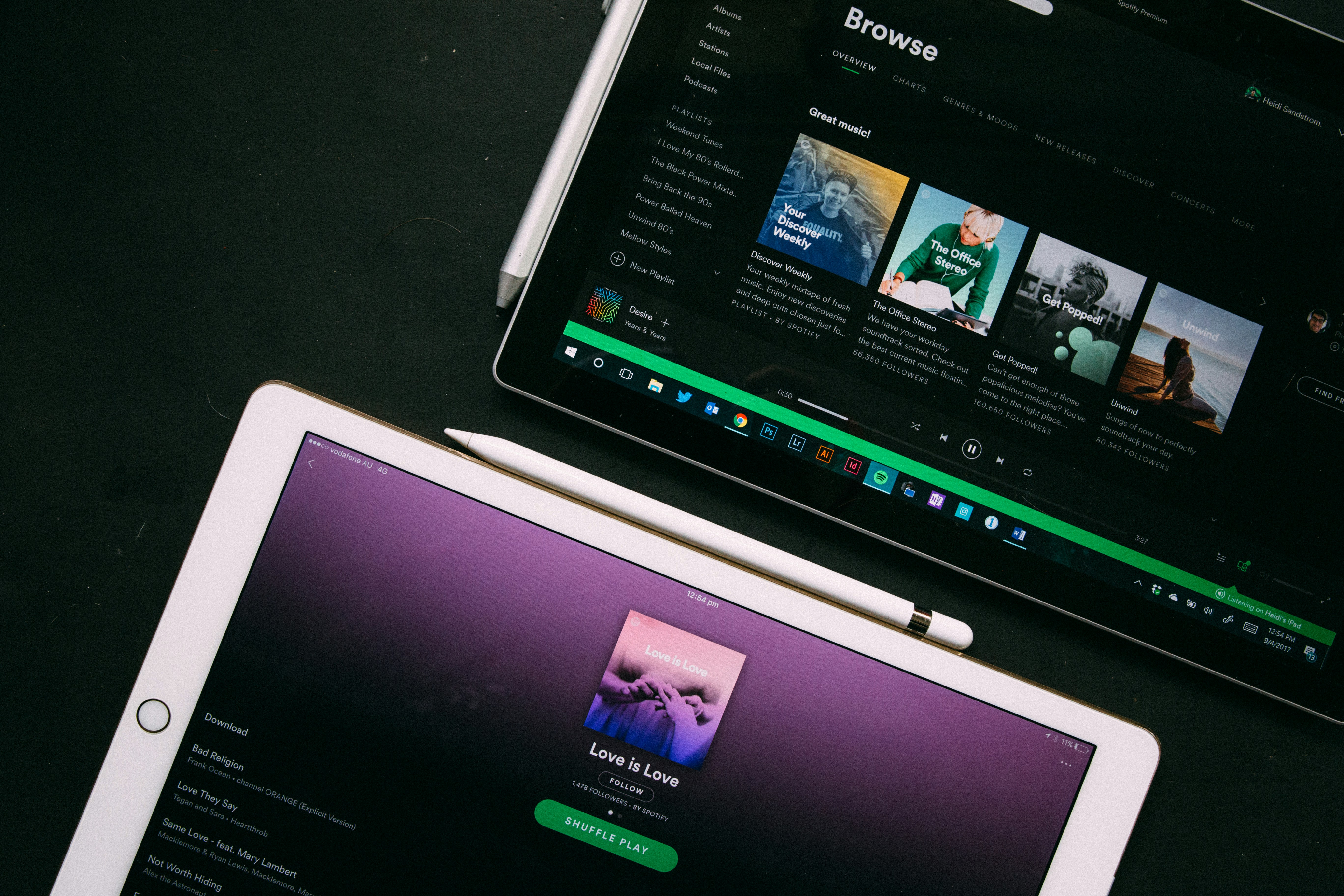
이러한 서비스는 또한 아티스트에게 그들의 분석에 쉽게 접근할 수 있는 방법을 제공하여 청중의 인구통계, 위치, 청취 습관 등을 식별하고 추적하여 그에 맞춘 음악 마케팅 전략을 조정하는 데 도움이 된다. 이러한 서비스는 비용이 들지만, 은행을 털 정도는 아니다. 필요에 따라 계층화된 구독료가 있다는 것을 기억하십시오. 이러한 서비스는 독립 아티스트들이 공식적인 대리 없이도 그들의 음악을 배급하는 데 필수적이었다.
플리레이스트: 노출을 위한 강력한 도구
디지털 배급과 함께, 플리레이스트는 당신의 노출에 중요한 요소가 될 수 있다. 플리레이스트에 올라가는 것은 당신의 스트리밍 수치를 급격히 향상시킬 수 있는 힘을 지니다. 음악 큐레이터에게 제출하는 것은 힘들 수 있지만, 당신이 끈질기게 노력한다면 주목받을 가능성이 더 높다. Spotify for Artists, Apple Music for Artists 및 기타 플랫폼 전용 제출 도구가 도움이 될 수 있다. 당신의 음악이 다듬어지고 발매 준비가 되어 있는지 확인하는 것이 중요하다.
그렇긴 해도, 인기 있는 플리레이스트에 올라갈 가능성은 당신의 음악 마케팅 전략에 달려 있다. 만약 당신이 지속적으로 음악을 홍보하고 청중을 구축하고 있다면, 플리레이스트 큐레이터들에 의해 인식될 가능성이 더 높아질 것이다.

음악 기획자들을 소셜 미디어와 유튜브에서 꼭 팔로우해 보라. 이러한 콘텐츠 제작자와 교류하고 공개 제출에 관한 정보를 확인하는 것은 큰 차이를 만들 수 있다. 더 옐로우 버튼이라는 저명한 제작자는 때때로 그녀의 청중이 제출한 음악을 리뷰하는 라이브 스트림을 진행한다. 그녀는 새로운 떠오르는 아티스트에 대해 빛을 비춰주는 잘 알려진, 신뢰받는 출처이다.
음악 PR의 힘
블로그 시대는 2000년대 후반부터 2010년대 초까지 음악 프로모션과 발견에 있어 짧지만 엄청나게 영향력 있는 시간이었다. 그것은 아티스트들이 노출을 얻는 방식을 혁신적으로 변화시켰고, 특히 힙합 커뮤니티 내에서 음악 마케팅 접근 방식을 재편성시켰다. 롤링 스톤, 스핀, 크림 같은 음악 잡지와 동일한 이상에서 출발한 음악 블로그는 아티스트의 가시성을 스타덤의 수준으로 끌어올리며 중요한 세력이 되었다.
비록 음악 블로그가 오늘날 가장 인기 있는 음악 발견 형태는 아닐지라도, 여전히 아티스트의 온라인 존재감과 검색 가능성의 부인할 수 없는 자원으로 남아 있다. 다른 사람이 아티스트인 당신에 대해 쓴 글을 읽는 것은 당신의 이름을 알리는 긍정적인 수단이 될 수 있다. 절대 음악 PR의 힘을 과소평가하지 말라.
측정 가능한 목표 설정하기
아티스트로서 자신에게 정직하고 현실적인 것이 도전이 될 수 있다. 우리는 모두 성공하고 꿈을 추구하고 싶지만, 거기에 도달하기 위해 필요한 것을 이해하는 것은 전투의 절반이다. 음악 마케팅 전략을 설정하는 데는 시간과 노력이 필요하다. 이전에 언급된 모든 방법을 결합하는 것은 확실히 도움이 될 수 있지만, 자신을 위한 측정 가능한 목표를 설정하는 것이 중요하다.
정의된 목표가 없으면, 당신의 노력이 효과를 보고 있는지 아는 것이 어려울 수 있다. 특정 노래의 스트리밍 수치를 높이거나 소셜 미디어의 팔로워 수를 늘리려고 할 경우, 언제 어떤 노력을 집중해야 할지는 과정의 효율성을 높이는 데 도움을 줄 것이다.
무료 vs. 유료 음악 프로모션
음악 프로모션은 항상 막대한 예산을 필요로 하는 것은 아니다. 플랫폼을 어떻게 활용하느냐에 따라 다르다. 소셜 미디어 플랫폼을 위한 콘텐츠를 제작하는 데 돈을 쓰는 것이 전혀 필요하지는 않지만, 음악 마케팅 노력을 위한 금전적 자원을 할당하면 더 많은 청중에게 도달하는 데 눈에 띄는 차이를 만들 수 있다. 결국, 이는 당신의 경력을 위한 투자다. 당신은 자신의 예술을 만드는 데 시간을 보냈으므로, 이상적으로는 사람들이 그것을 듣는 데 시간을 보내기를 원한다.

유료 광고
인스타그램, 페이스북 및 유튜브와 같은 플랫폼은 특정 인구통계를 겨냥할 수 있는 광고를 제공하여 유사 아티스트의 팬을 타겟으로 한 인스타그램 광고 캠페인을 실행하는 것과 같이 당신의 음악을 즐길 가능성이 높은 사람들에게 노출될 수 있도록 도와준다.
잘 계획된 예산은 목표에 따라 당신이 나아가야 할 방향을 유지하고, 지원이 더 필요한 영역을 식별하도록 도와줄 것이다.
홍보(PR)
음악을 블로그, 플레이리스트 및 미디어 아울렛에 피치하기 위해 PR 대행사나 프리랜서 홍보자를 고용하는 것은 기민한 투자일 수 있으며, 특히 신속하게 신뢰성과 노출을 높이고자 할 경우 더욱 그렇다.
콘텐츠 제작
당신이 콘텐츠 제작의 모든 측면을 직접 다루는 것에 편하지 않다면, 고품질 프로모션 사진, 뮤직 비디오 또는 라이브 세션 장면을 위한 사진작가나 비디오 작가를 고용하고 싶을 수도 있다. 콘텐츠 제작은 디지털 시대에 스스로를 홍보할 수 있는 가장 효과적인 방법 중 하나다.
무료 광고
한정된 예산으로 작업하면서, 당신은 스스로 콘텐츠를 제작하고 온라인에서 유기적으로 청중을 구축할 수 있다.
그것을 창의적으로 다루어 보라. Kits AI와 같은 도구는 음악 제작을 향상시키고 창작 과정을 간소화하여 콘텐츠 제작 접근 방식을 혁신적으로 변화시킬 수 있다. 예를 들어, Kits AI Stem Splitter는 보컬, 드럼 및 기타 악기 섹션과 같은 트랙의 개별 요소를 고립시킬 수 있게 해주어 독창적인 콘텐츠를 만들 수 있는 무한한 가능성을 제공한다. 좋아하는 노래의 악기 부분을 추출해 개인화된 커버, 리믹스 또는 당신의 스타일을 강조하는 메쉬업을 녹음하는 데 사용해볼 수 있다.
프로듀서들은 이를 통해 아무 곡의 어떤 조각도 손쉽게 자르고 샘플링할 수 있으므로 많은 이점이 있다. 이는 전통적인 방법에만 의존할 필요가 없으며, 자신의 뿌리에 충실하는 것도 나쁘지 않다. 또는 자신의 트랙에서 드럼이나 베이스라인을 고립시켜 소셜 미디어를 위한 비하인드 신 비디오, 튜토리얼 또는 연주 영상 클립을 만들 수 있을 것이다.
이들 역동적인 콘텐츠 아이디어는 당신의 음악적 능력을 보여줄 뿐만 아니라, 혼잡한 디지털 공간에서 두드러지는 아티스트로서의 다재다능함을 입증할 수 있다. Kits AI Stem Splitter와 같은 도구를 활용하면 콘텐츠의 질과 창의성을 더욱 높여 청중을 매료시키고 새로운 청취자를 유치하는 데 도움이 된다.
라이브 공연
라이브 공연은 아티스트로서 당신의 성공에 중요한 역할을 한다. 공연을 기반으로 콘텐츠를 만들면 이러한 순간들에 가져가는 강력한 존재감을 강조할 수 있다. 친구나 청중의 전화기 영상을 모으는 것은 무료이고 효과적이다. 라이브 쇼에서 전략적으로 배치되는 것은 또한 다른 아티스트를 지원하는 이벤트에 참석하기 위해 자신을 알리지 못했던 새로운 팬들에게 자신을 소개할 수 있는 기회를 제공한다.
당신의 공연에서 기존 접근 방식을 고수할 필요는 없다. 예를 들어, 롤라팔루자에서 떠나는 관람객들은 그들의 밴드인 실리 구스가 주유소에서 자신의 밴의 꼭대기에서 공연하는 모습을 보고 놀라게 되었다. 공연이 중단되기 전에 많은 관중이 모였지만, 이는 진정한 DIY 창의적인 마케팅 전략의 훌륭한 예였다. 이 공연의 전화기 녹화 영상은 인스타그램에서 거의 10만 조회수를 기록했으며, 그들의 새로운 곡을 홍보하는 텍스트를 교묘하게 오버레이했다.
당신의 창의력을 선보이는 것이 큰 비용을 초래할 필요는 없다.
결론: 독립 아티스트로서 현대 음악 산업 내비게이션하기
성공적인 음악 경력을 구축하는 것은 창의성, 전략 및 강력한 온라인 존재감이 어우러진 다면적인 접근 방식을 요구한다. 단순히 음악을 만드는 것만으로는 충분하지 않다. 아티스트로서, 당신은 자신을 브랜드로 자리매김하고 당신의 음악을 최선을 다해 홍보할 수 있는 모든 경로를 활용해야 한다. 오늘날 그들이 된 평판 좋은 아티스트들이 되기 위해 음악 산업 내에서 자신만의 길을 개척해 나간 데스 그립스로부터 영감을 얻어, 독립 아티스트들은 동일한 기회를 갖고 있다.
소셜 미디어를 활용하고, 강력한 커뮤니티를 육성하고, 명확한 목표를 설정함으로써 아티스트로서의 성공을 위한 길을 열 수 있다.
